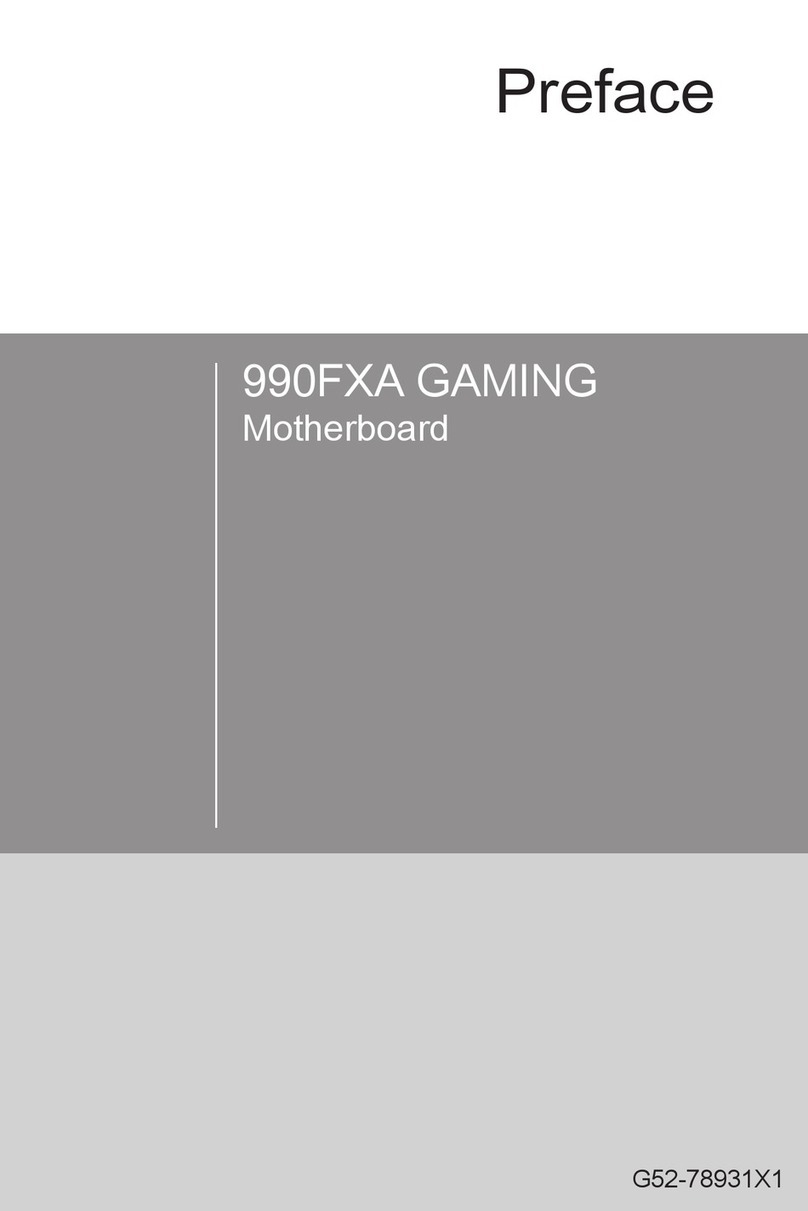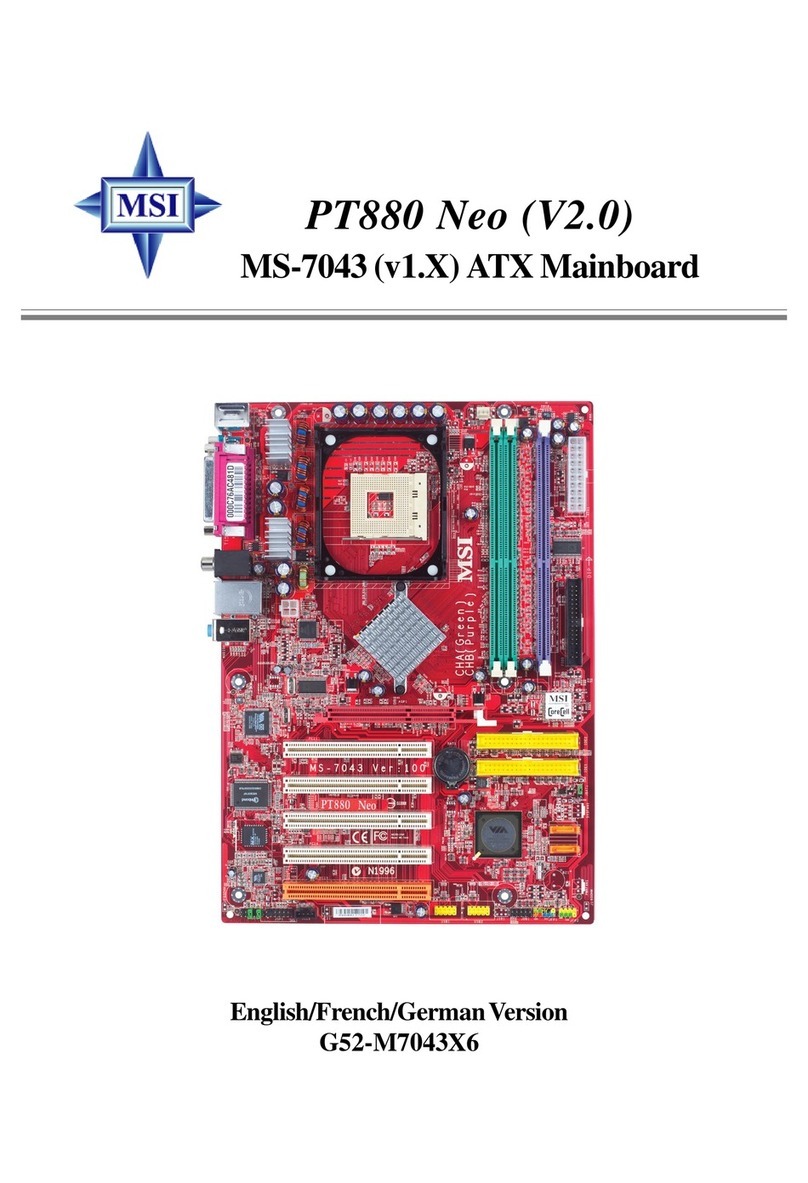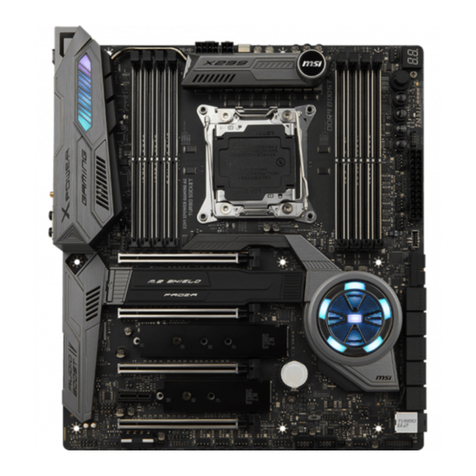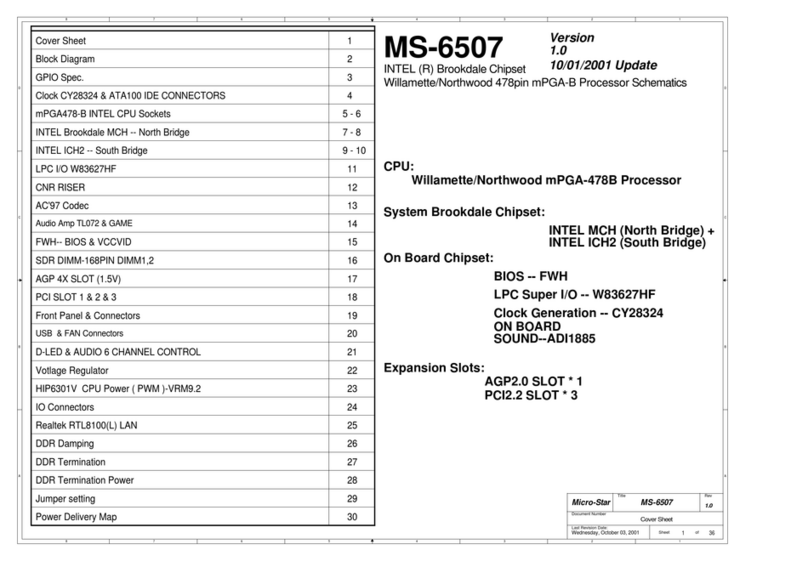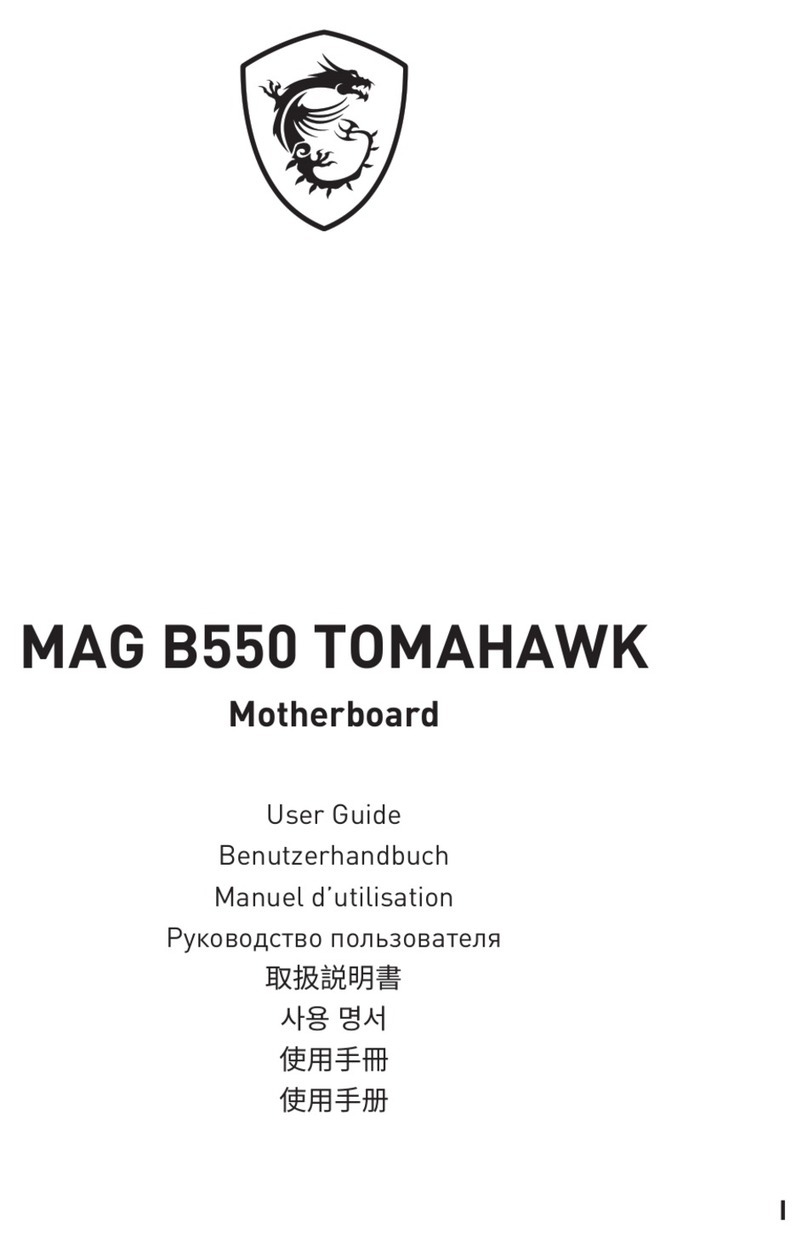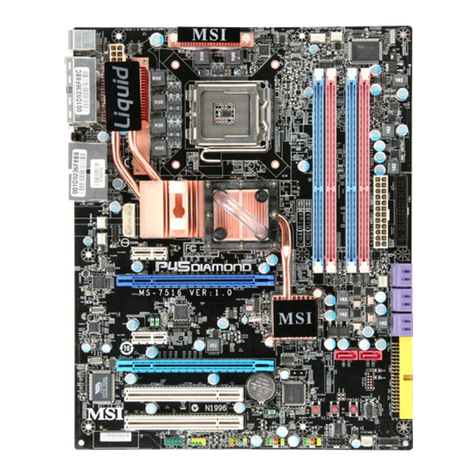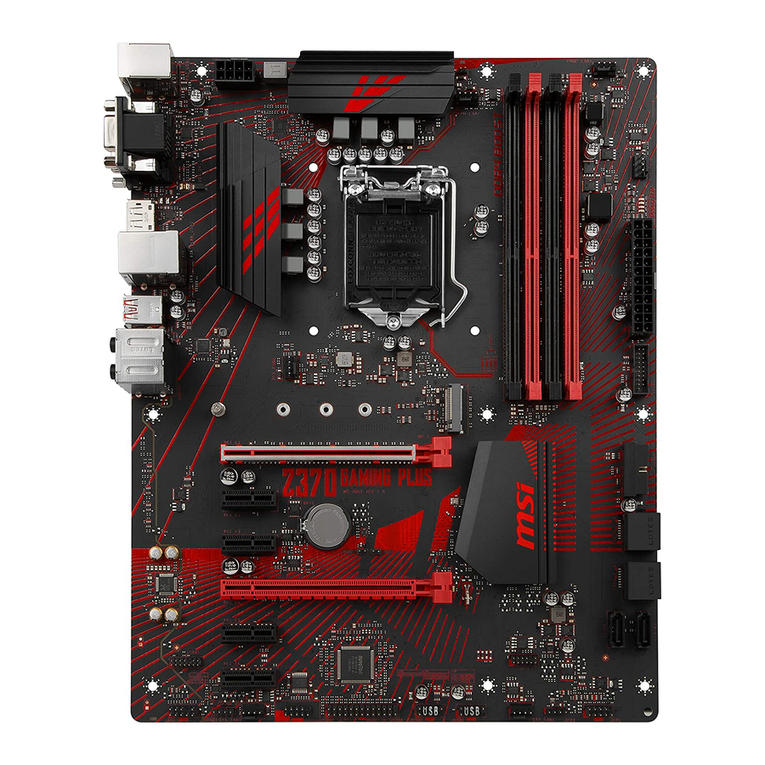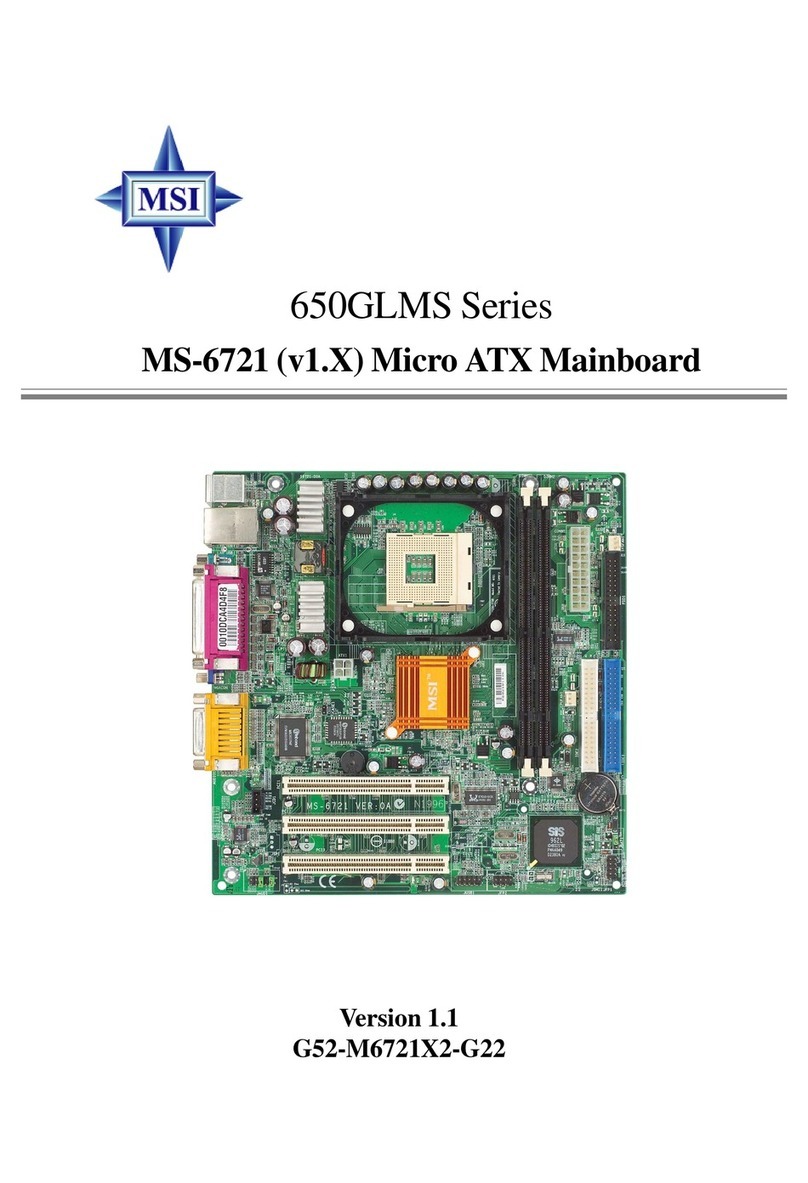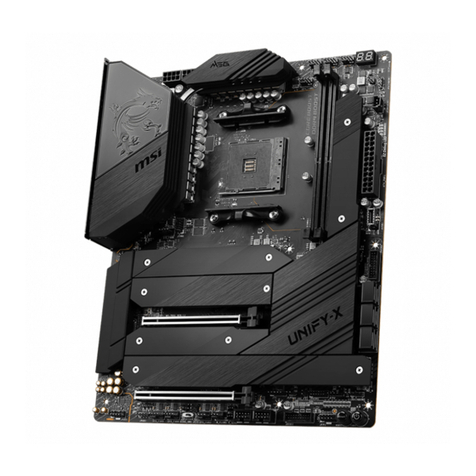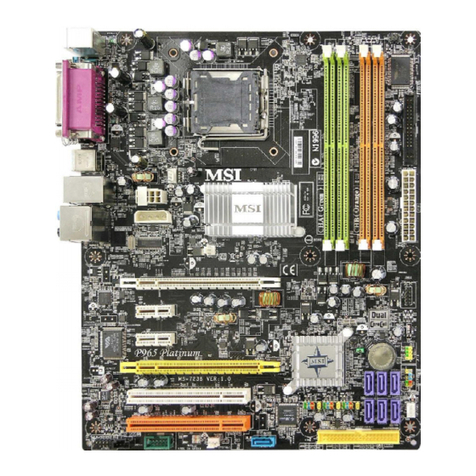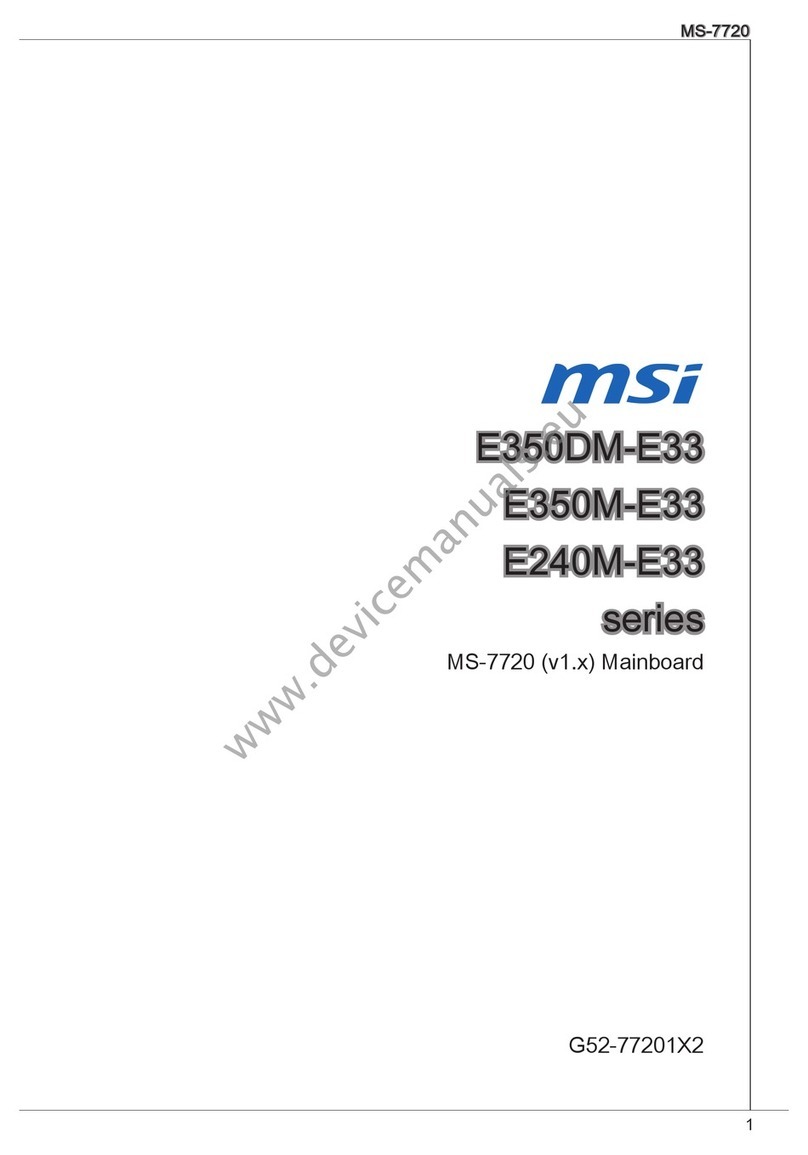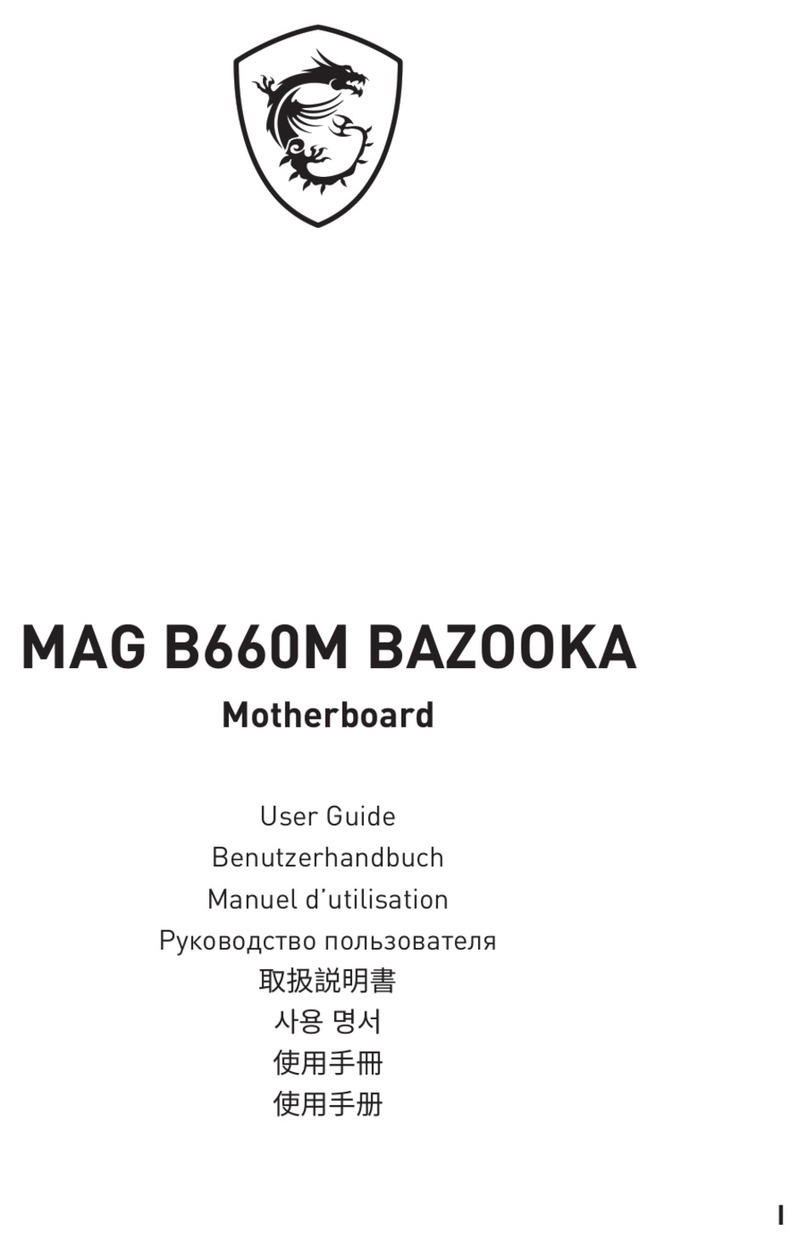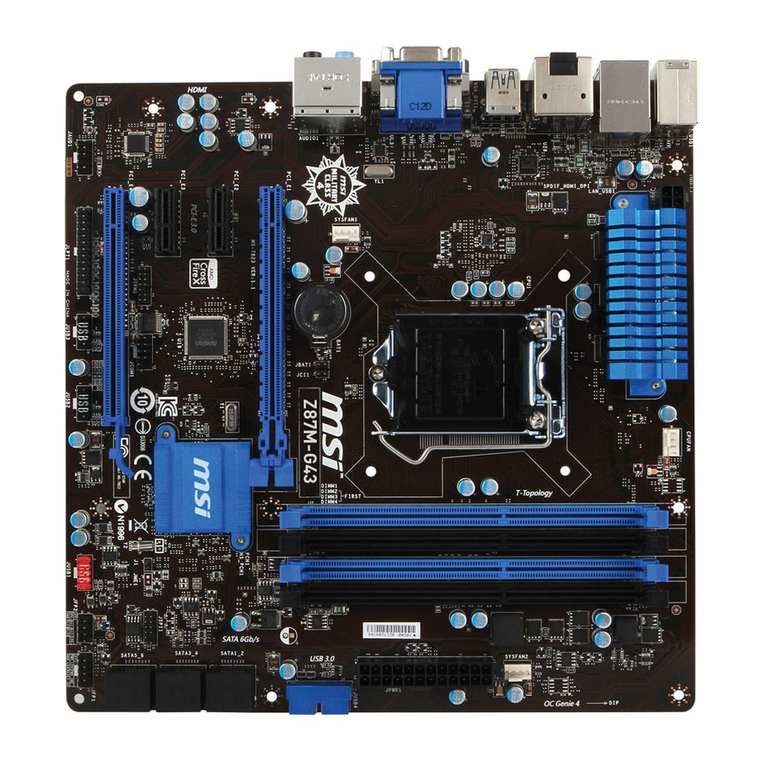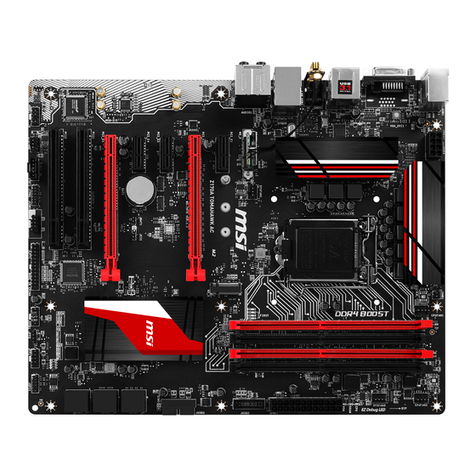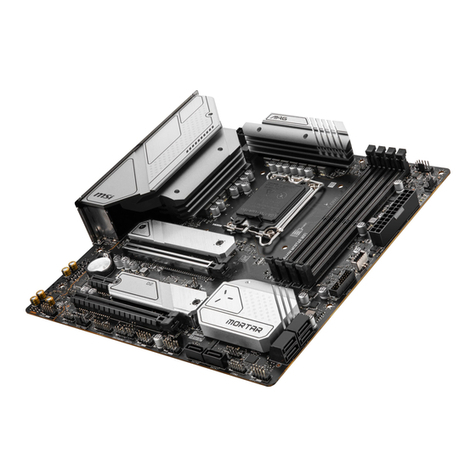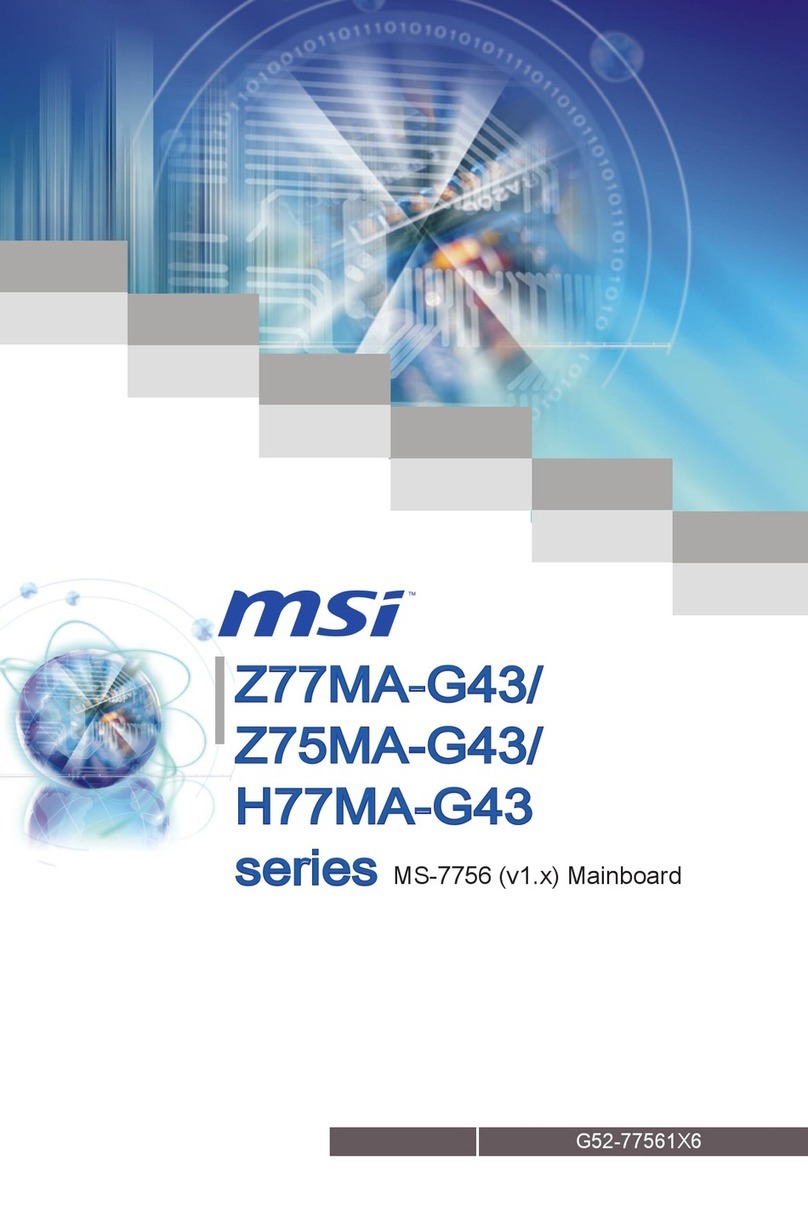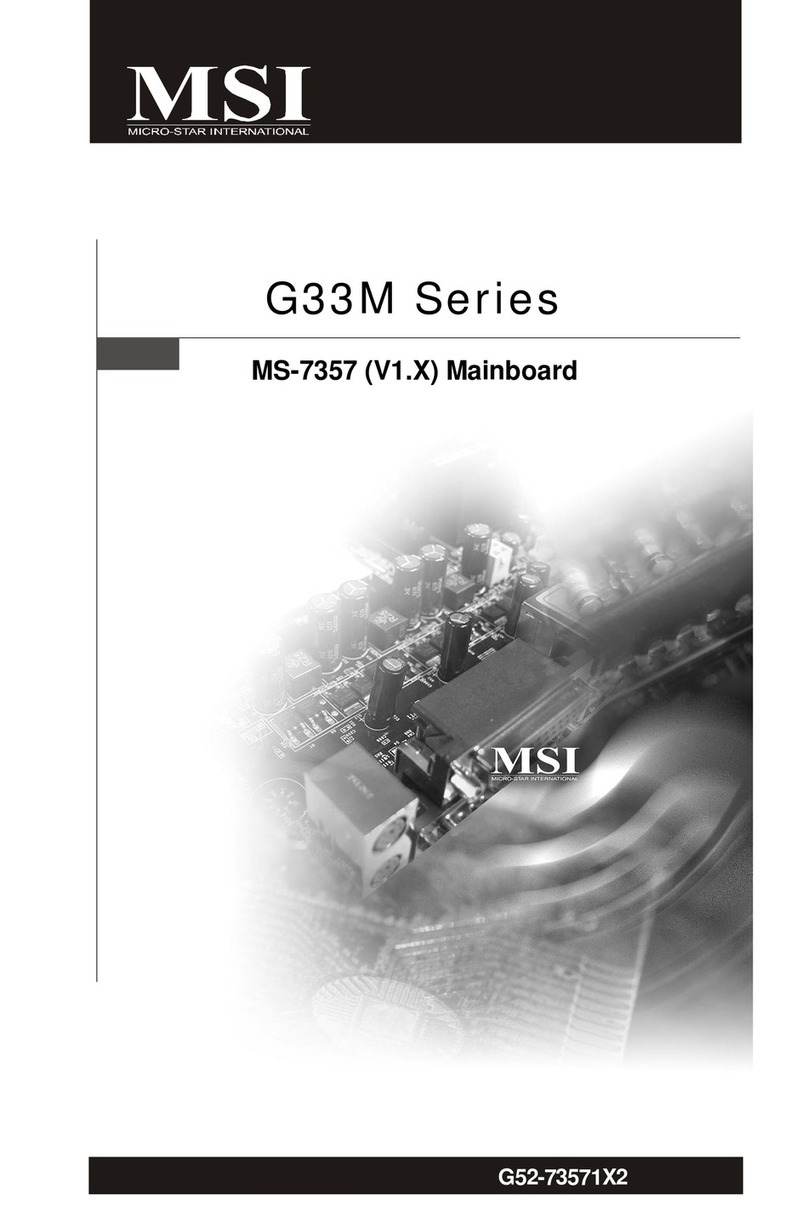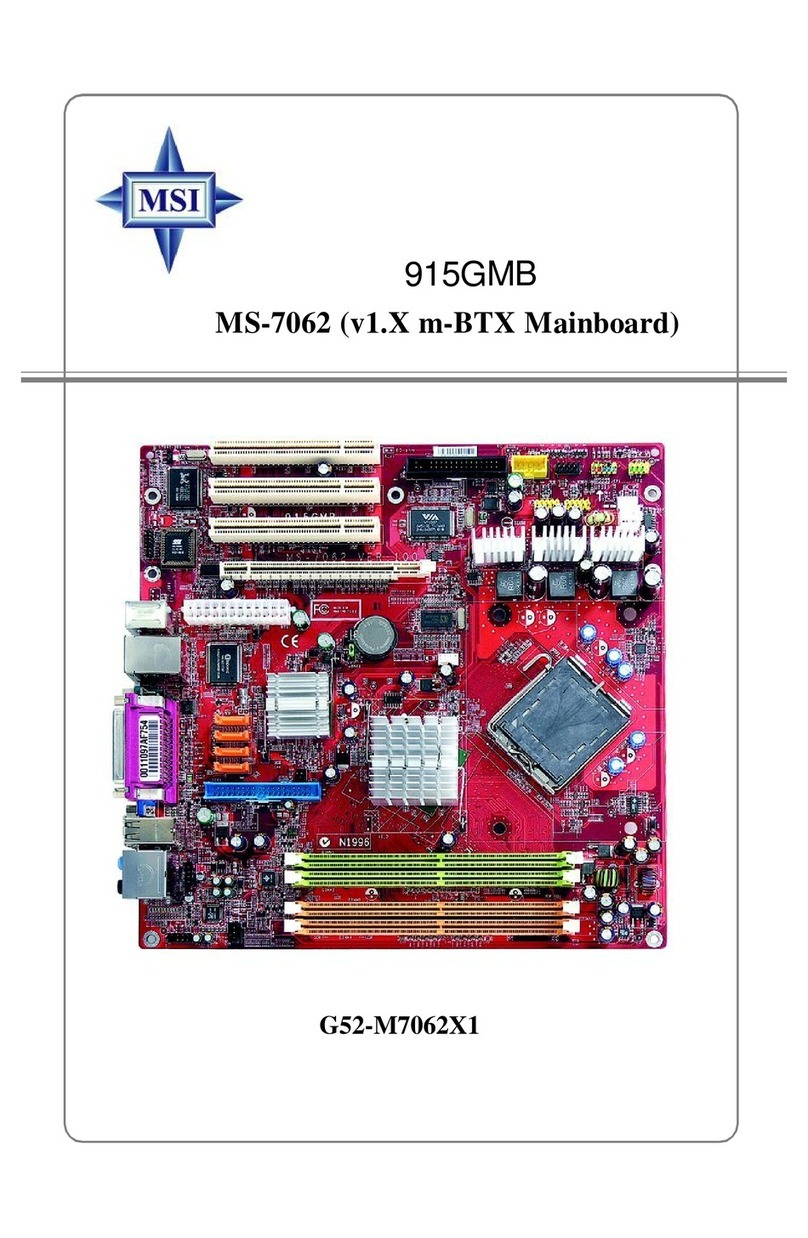
vi
Case Connectors: JFP1 & F_P2 ................................................... 2-15
Wake On LAN Connector: JWOL1 .............................................. 2-17
Wake On Ring Connector: JMDM1 ............................................. 2-17
IrDA Infrared Module Connectors: J2 & IR1 ............................... 2-18
USB Front Panel Connectors: USB1 & USB3 .............................. 2-19
CD-In/Aux Line-In/Modem-In Connector: JCD1/JAUX1/J_PHN12-20
Fan Power Connectors: C_FAN1/S_FAN1 .................................. 2-21
Front Panel Audio Connector: JA10 ........................................... 2-22
D-Bracket™ Connector: J21 (Optional) ......................................... 2-24
Jumpers .............................................................................................. 2-27
Clear CMOS Jumper: JBAT1 ........................................................ 2-27
Slots ................................................................................................... 2-28
AGP (Accelerated Graphics Port) Slot ......................................... 2-28
PCI Slots ...................................................................................... 2-28
CNR (Communication Network Riser) Slot .................................. 2-28
PCI Interrupt Request Routing .................................................... 2-29
Chapter 3. AWARD® BIOS Setup ........................................................... 3-1
Entering Setup ...................................................................................... 3-2
Control Keys ........................................................................................ 3-2
Getting Help ......................................................................................... 3-3
The Main Menu ................................................................................... 3-4
Standard CMOS Features .................................................................... 3-6
Advanced BIOS Features .................................................................... 3-9
Advanced Chipset Features ............................................................... 3-14
Integrated Peripherals ........................................................................ 3-19
Power Management Setup ................................................................. 3-23
PnP/PCI Configurations ..................................................................... 3-29
PC Health Status ................................................................................ 3-31
Frequency/Voltage Control ................................................................ 3-32
Load Fail-Safe/Optimized Defaults ..................................................... 3-34
